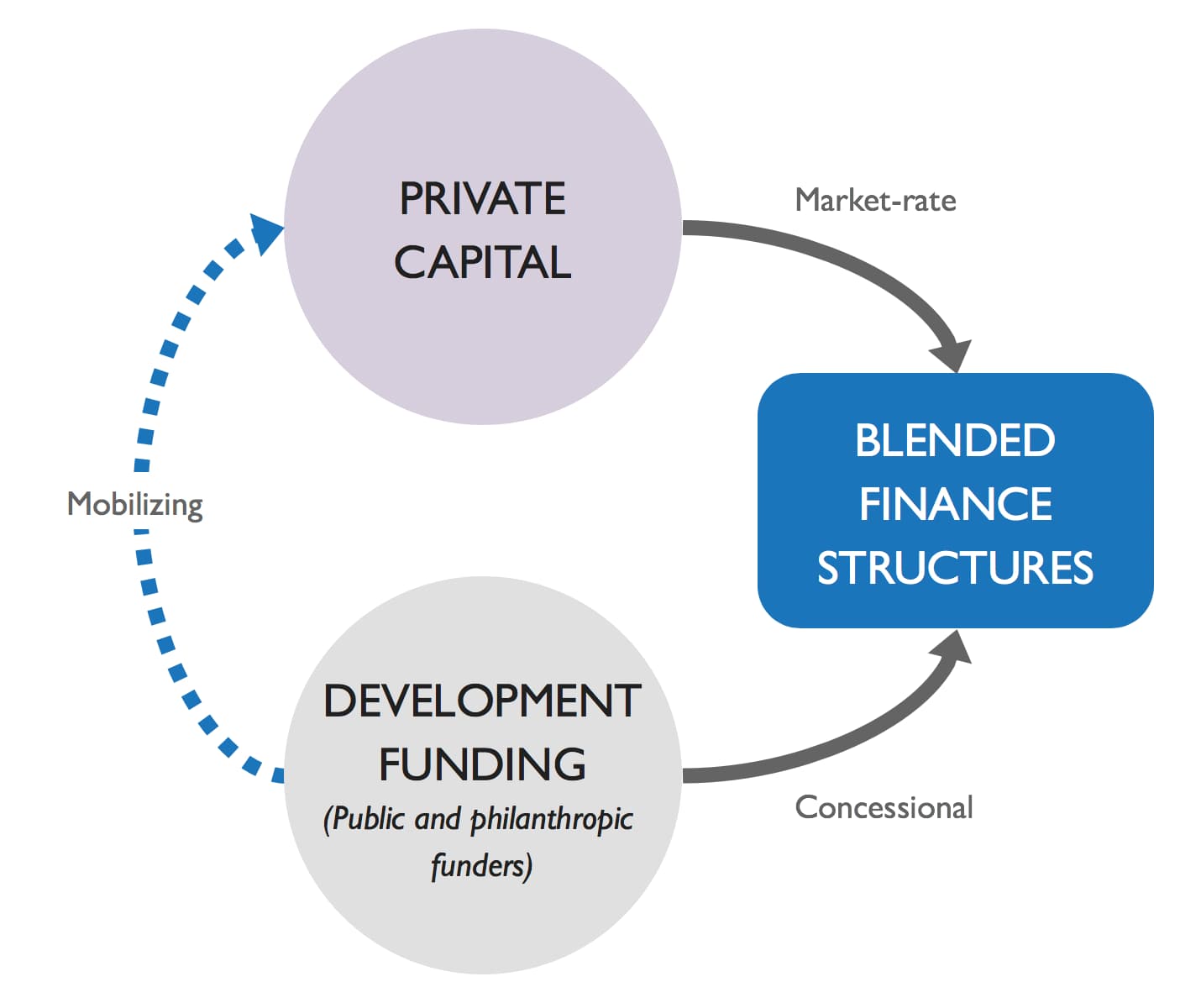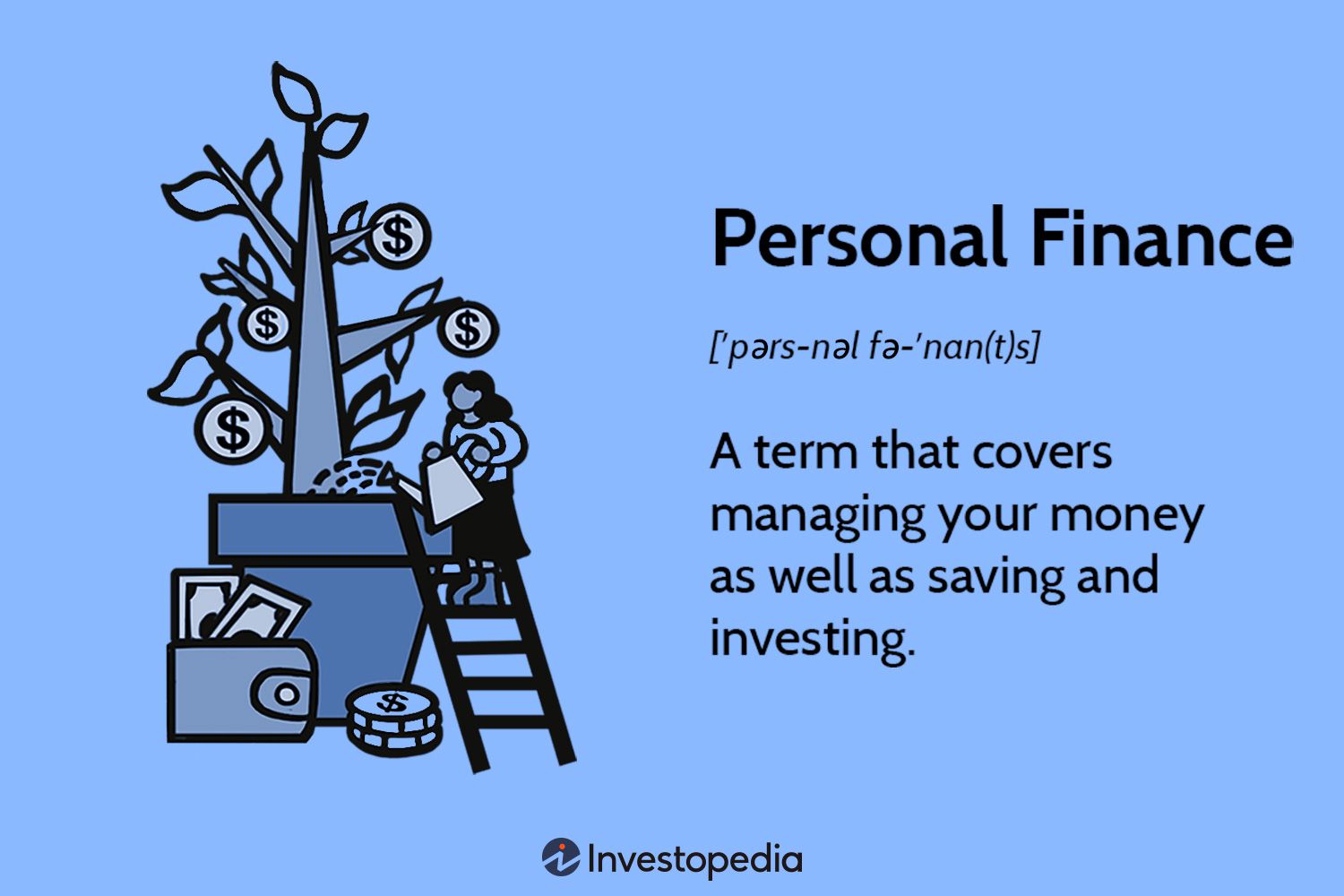Private benefits in finance refer to personal financial gains derived from corporate decisions, often benefiting executives or insiders. These benefits can include bonuses, stock options, and other perks.
Private benefits finance is a critical concept for understanding corporate governance and executive compensation. Companies often provide incentives to top executives to align their interests with those of shareholders. These benefits can take various forms, such as performance bonuses, stock options, and exclusive perks.
While intended to motivate and retain talent, private benefits can sometimes lead to conflicts of interest or unethical behavior. Understanding this concept helps investors make informed decisions and ensures transparent corporate practices. By scrutinizing private benefits, stakeholders can better evaluate a company’s governance and overall financial health.
Introduction To Private Benefits Finance
Private Benefits Finance is a key concept in modern finance. It refers to the financial gains an individual or a company receives from private investments. Understanding this concept is crucial for anyone interested in finance.
Concept Overview
Private Benefits Finance involves the financial rewards from private investments. These benefits often come from investing in non-public companies or assets. Investors seek these opportunities for higher returns. Unlike public investments, private investments are not traded on public exchanges. This makes them less liquid but potentially more profitable.
Investors in private benefits finance usually face higher risks. They must conduct thorough research before investing. This type of finance requires a deep understanding of the market. It also demands careful risk management.
Importance In Modern Finance
Private Benefits Finance plays a crucial role in the modern financial world. It offers opportunities for higher returns compared to public markets. Many institutional investors and high-net-worth individuals prefer private investments. They see them as a way to diversify their portfolios.
Private investments can drive innovation and growth. They often fund startups and small businesses. These investments help bring new products and services to market. This can lead to significant economic benefits.
Understanding Private Benefits Finance is essential for modern investors. It helps them make informed decisions. It also enables them to maximize their financial gains.
Types Of Private Benefits
Understanding the types of private benefits helps in financial planning. Private benefits come in two main forms: direct financial gains and indirect financial gains. Let’s explore each type to see how they impact your finances.
Direct Financial Gains
Direct financial gains include immediate increases in wealth. These benefits are easy to measure and quantify.
| Type | Description |
|---|---|
| Salary | Regular payments for work done. |
| Bonuses | Extra payments for performance. |
| Dividends | Share of profits from investments. |
| Interest | Money earned from savings or loans. |
Indirect Financial Gains
Indirect financial gains are benefits that improve financial health over time. They may not provide immediate cash but are valuable in the long run.
- Health Insurance: Reduces medical expenses.
- Retirement Plans: Ensures future financial security.
- Education Reimbursements: Covers learning costs.
- Stock Options: Potential future profits from company shares.
These gains enhance financial stability and overall well-being. Understanding both types helps in making informed financial decisions.
Assessing Private Benefits
Assessing private benefits is crucial in finance. It helps understand the value gained. This value is specific to individual entities or stakeholders. The assessment can be done using both quantitative and qualitative methods.
Quantitative Methods
Quantitative methods involve numerical data. They provide measurable and objective insights.
- Net Present Value (NPV): Calculates the present value of future cash flows.
- Internal Rate of Return (IRR): Estimates the profitability of investments.
- Cost-Benefit Analysis (CBA): Compares benefits and costs in monetary terms.
These methods use figures and formulas. They ensure precision and accuracy in the assessment.
Qualitative Methods
Qualitative methods focus on non-numerical data. They provide insights into intangible benefits.
- Surveys and Interviews: Gather personal opinions and experiences.
- Case Studies: Analyze specific instances for detailed understanding.
- SWOT Analysis: Identifies strengths, weaknesses, opportunities, and threats.
These methods offer a deeper understanding. They capture the subjective aspects of private benefits.
| Method | Type | Example |
|---|---|---|
| Net Present Value (NPV) | Quantitative | Investment evaluation |
| Surveys and Interviews | Qualitative | Customer feedback |
Strategies To Maximize Private Benefits
Understanding private benefits finance is crucial for maximizing personal gains. This section explores effective strategies to enhance your private benefits. Implementing these techniques ensures you get the most out of your financial endeavors.
Investment Techniques
Choosing the right investment techniques can significantly boost your private benefits. Here are some methods to consider:
- Diversification: Spread investments across different assets. This reduces risk and enhances returns.
- Long-term Investments: Invest in assets that grow over time. Examples include real estate and stocks.
- High-Yield Savings Accounts: Opt for accounts offering better interest rates. This increases your savings efficiently.
Tax Optimization
Optimizing your tax strategy is vital for maximizing private benefits. Proper planning can save you significant amounts. Here are some techniques:
- Tax-Advantaged Accounts: Use accounts like IRAs and 401(k)s. They offer tax benefits and help grow your savings.
- Tax Deductions: Take advantage of available deductions. This reduces your taxable income.
- Capital Gains Strategy: Hold onto investments for over a year. This qualifies them for lower long-term capital gains tax rates.
Implementing these strategies can lead to substantial improvements in your private benefits. Stay informed and proactive to maximize your financial success.

Risks And Challenges
Private benefits finance can be a lucrative field. Yet, it also comes with several risks and challenges. Understanding these obstacles is crucial for success.
Market Volatility
Market volatility is a significant risk in private benefits finance. Prices can change rapidly, causing financial instability. In unstable markets, predicting future trends is hard. This unpredictability can lead to unexpected losses. Investors must stay informed and agile to manage market risks.
Regulatory Issues
Regulatory issues present another challenge. Different regions have different rules. Keeping up with these regulations is essential. Failing to comply can lead to severe penalties. Companies must invest in legal expertise to navigate this complex landscape. Ignoring regulatory requirements can ruin a business.
:max_bytes(150000):strip_icc()/public-private-partnerships-Final-36ea2b6d4c7b40379fa6fe4570606fe8.jpg)
Credit: www.investopedia.com
Case Studies
Case studies offer insights into the real-world application of private benefits finance. They showcase successful examples and lessons learned. These stories help illustrate how private benefits finance can be implemented effectively.
Successful Examples
Let’s explore some successful examples of private benefits finance:
| Company | Initiative | Outcome |
|---|---|---|
| GreenEnergy Inc. | Solar Panel Installation | Reduced energy costs by 40% |
| HealthFirst Co. | Employee Wellness Program | Increased productivity by 20% |
| EcoBuild Ltd. | Sustainable Building Materials | Cut construction costs by 15% |
Lessons Learned
Examining these case studies reveals important lessons learned:
- Investing in green technology can lower operational costs.
- Employee wellness programs boost productivity and morale.
- Sustainable practices enhance both savings and brand reputation.
These lessons highlight the value of integrating private benefits finance into business strategies.
Future Trends
Understanding the future trends in private benefits finance is crucial for businesses and individuals. These trends can shape how benefits are managed and optimized. Below, we delve into some of the most significant trends.
Technological Advancements
Technology is changing the landscape of private benefits finance. Innovations in software make it easier to manage benefits.
- Artificial Intelligence (AI): AI helps automate benefit management, saving time.
- Blockchain: Blockchain provides secure and transparent transactions.
- Mobile Apps: Employees can manage benefits from their phones.
These advancements lead to more efficient and user-friendly systems.
Evolving Regulations
Regulations around private benefits are always changing. Staying compliant is essential.
New laws can impact how benefits are offered and managed. It is important to stay updated on these changes.
- Data Privacy Laws: Protecting employee information is a priority.
- Healthcare Regulations: Changes can affect benefit structures.
- Tax Policies: New tax rules can impact benefit costs.
Understanding these regulations helps avoid legal issues and optimizes benefit offerings.

Credit: www.convergence.finance
.webp)
Credit: www.geeksforgeeks.org
Frequently Asked Questions
What Is Meant By Private Benefits?
Private benefits refer to the advantages or gains received by individuals or businesses, excluding public or social benefits. These include financial profits, personal satisfaction, or competitive edges.
What Is Private Benefit?
Private benefit refers to advantages received by individuals or organizations from a nonprofit’s activities. It must be incidental.
What Is An Example Of A Private Benefit?
A private benefit example is employer-provided health insurance. It directly benefits employees, enhancing their health and well-being.
What Are Examples Of Private Benefits Of Control?
Private benefits of control include higher salaries, bonus incentives, exclusive access to company resources, and decision-making power. Executives may also enjoy perks like company cars, travel allowances, and personal use of corporate assets.
Conclusion
Private benefits finance offers significant advantages for individuals and businesses. Understanding its definition can help you make informed financial decisions. By leveraging these private benefits, you can optimize your financial strategies. Stay informed and utilize these insights to enhance your financial well-being.
Start exploring private benefits finance today for a more secure future.

